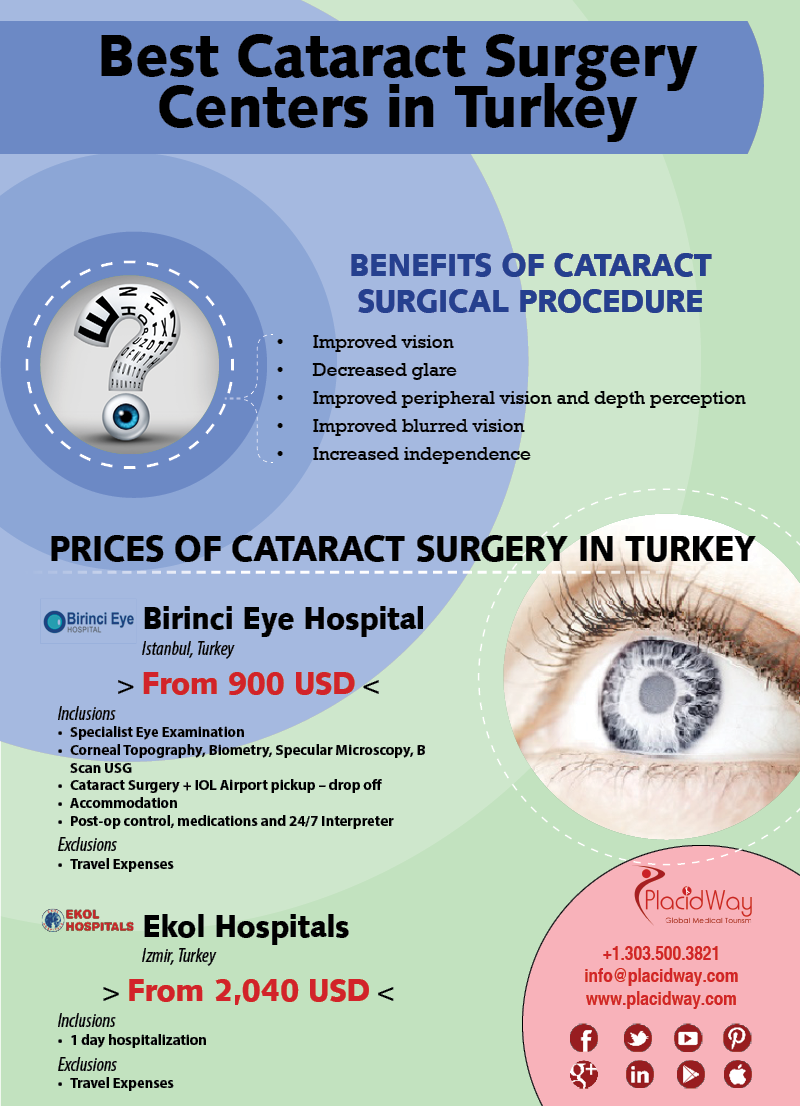Is SMILE Eye Surgery Right For You? Secret Considerations And Insights

Created By-Diaz Mooney
If you're pondering SMILE eye surgery, contemplate this: are you prepared to embrace potential aesthetic flexibility, or does the thought of any threats make you be reluctant? Your decision will certainly depend upon a cautious equilibrium of weighing the advantages against the unpredictabilities. It's essential to dig deeper right into the subtleties of SMILE surgical treatment to make an enlightened option that aligns with your visual objectives.
Understanding SMILE Eye Surgery
When thinking about SMILE Eye Surgery, it is essential to understand the procedure and its advantages. SMILE, which means Small Incision Lenticule Removal, is a minimally intrusive laser eye surgical treatment that fixes usual vision troubles like nearsightedness (nearsightedness).
Throughout the treatment, your eye doctor will use a femtosecond laser to produce a tiny cut in your cornea. Through this laceration, a tiny disc of cells called a lenticule is eliminated, reshaping the cornea and remedying your vision.
One of the essential benefits of SMILE Eye Surgical treatment is its quick recovery time. Many individuals experience boosted vision within a day or 2 after the treatment, with marginal discomfort.
Furthermore, SMILE is known for its high success rate in supplying long-lasting vision improvement. Unlike LASIK, SMILE doesn't call for the creation of a flap in the cornea, decreasing the danger of problems and allowing for an extra steady corneal framework post-surgery.
Understanding source web page and its benefits is important when taking into consideration SMILE Eye Surgery for vision adjustment.
Pros and Cons of SMILE
Considering SMILE Eye Surgery for vision modification features numerous benefits and prospective downsides.
One of the primary pros of SMILE is its minimally invasive nature, as it entails a small laceration and usually causes fast recovery times. The treatment is likewise recognized for triggering minimal discomfort and dry eye signs post-surgery compared to various other vision improvement approaches. Furthermore, SMILE has actually been revealed to give exceptional visual end results, with lots of individuals accomplishing 20/20 vision or much better.
On the other hand, a potential disadvantage of SMILE is that it may not appropriate for individuals with extreme refractive mistakes, as the therapy range is rather limited compared to LASIK. An additional consideration is that the understanding contour for cosmetic surgeons implementing SMILE can affect the schedule of experienced service providers in certain locations.
It is essential to weigh these benefits and drawbacks meticulously when making a decision if SMILE is the ideal option for your vision modification needs.
Establishing Qualification for SMILE
To determine if you're qualified for SMILE eye surgical procedure, your optometrist will certainly perform a thorough analysis of your eye health and wellness and vision needs. During this examination, variables such as the stability of your vision prescription, the thickness of your cornea, and the total health of your eyes will certainly be evaluated.
Generally, prospects for SMILE are over 22 years of ages, have a secure vision prescription for at least a year, and have healthy corneas without problems like keratoconus.
Your eye doctor will certainly likewise consider your total eye health and wellness, any kind of existing eye conditions, and your lifestyle needs to establish if SMILE is the appropriate selection for you. It's important to interact any kind of particular visual needs or worries you may have during this assessment to guarantee that the treatment straightens with your assumptions.
If you aren't eligible for SMILE, your ophthalmologist might advise different vision correction choices that much better match your individual needs and eye health standing.
Conclusion
Ultimately, determining whether SMILE eye surgery is right for you requires careful factor to consider of your private eye wellness and visual needs. Speak with your ophthalmologist to identify your eligibility for the procedure and consider the prospective benefits and downsides. Remember to connect any issues or inquiries you may have during the analysis process to make an informed decision concerning your vision correction choices.

